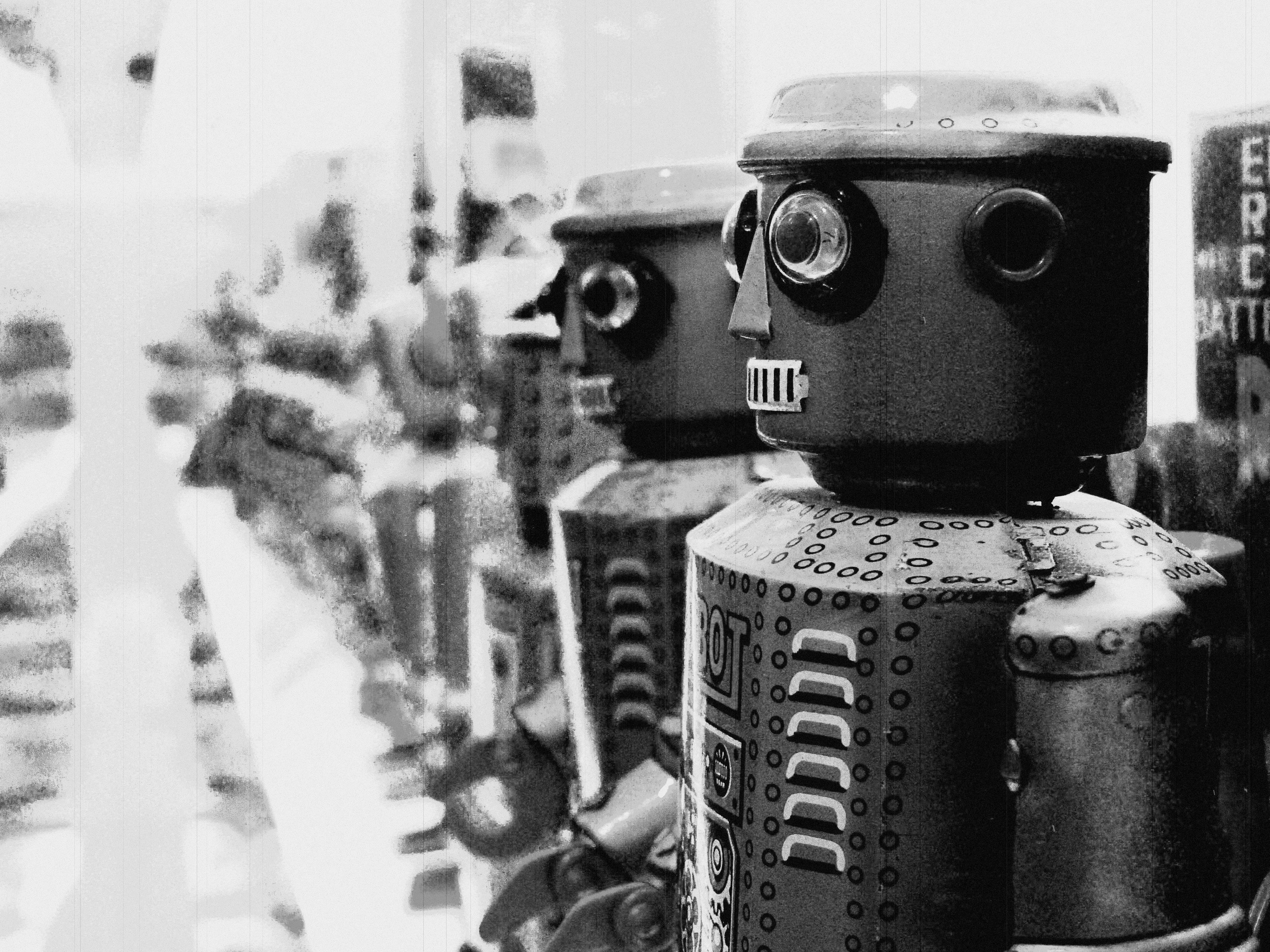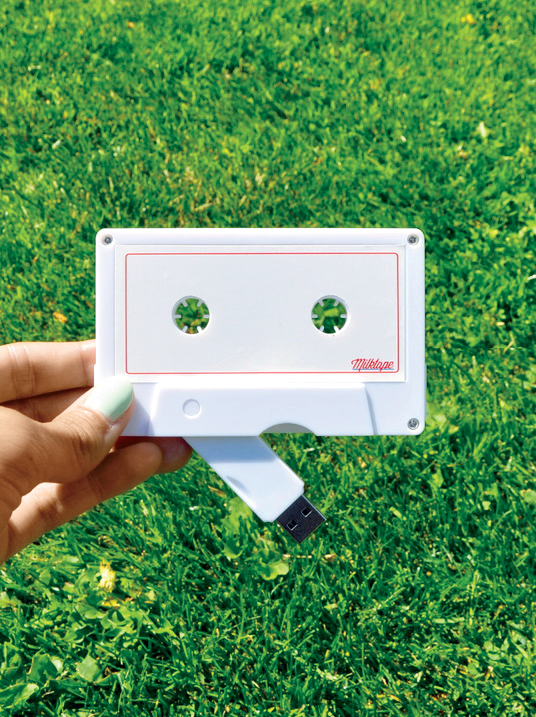Stanford Scientists Create Artificial Skin
We feel you.

Robot? Pshaw. Anyone can build one of those. But how about one that can feel—one that can sense a touch, a grasp, a squeeze, and respond in kind in a natural, human way? Now that’d be an accomplishment.
Consider it done. Last October, a group of 17 researchers from Stanford University developed a system of artificial skin that detects input and then transmits it directly to a living cell. Crafted from plastic, rubber, and carbon nanotubes, the artificial skin looks something like multi-layered plywood, or perhaps a microscopic clubhouse sandwich. Press down on the flexible top layer, and the distance between the nanotubes in the middle and the bottom layer constricts, with them acting as circuits to transport the quantity of electric charge carried between layers. Over 400 sensors per square millimetre then determine how much charge is flowing, and transmit that information as short pulses of electricity, which then turn an LED on and off.
Of course, it’s one thing to create electrical pulses. It’s quite another to translate those pulses into a language a biologic cell can understand. Here too the research team came up with something new: bio-engineered proteins within specific cells to make those cells more sensitive to specific frequencies of light. That light then activates specific neurons in the cells, turning them on and off in much the same way it does for you, me, and the other six billion of us.
As of today, researchers have only succeeded in making skin in the lab, not on the body. But you can see how such material could be useful. Robots could sense exactly what they’re picking up or grasping. Those with prosthetic arms or legs could sense textures and respond to touch much like they used to. Or better. Researchers theorize such artificial skin can do things natural skin can’t: detecting and identifying precise changes in not only pressure, but also heart rate, blood pressure, skin temperature, moisture, and the vibrations given by specific materials.
Over the years, we’ve been told to fear the artificial life—the robot, the cyborg, the Terminator that will one day put humanity in its place. Far more troubling is the ability of humans to enhance their bodies with artificial capabilities. Artificial skin that’s better than the original—it’ll be awhile before that’s possible. But one day, we’ll be able to rebuild you. We have the technology. Bigger, stronger, faster than before. But better? Well, that’s the question.
Photo by Yeowatzup via Flickr.








